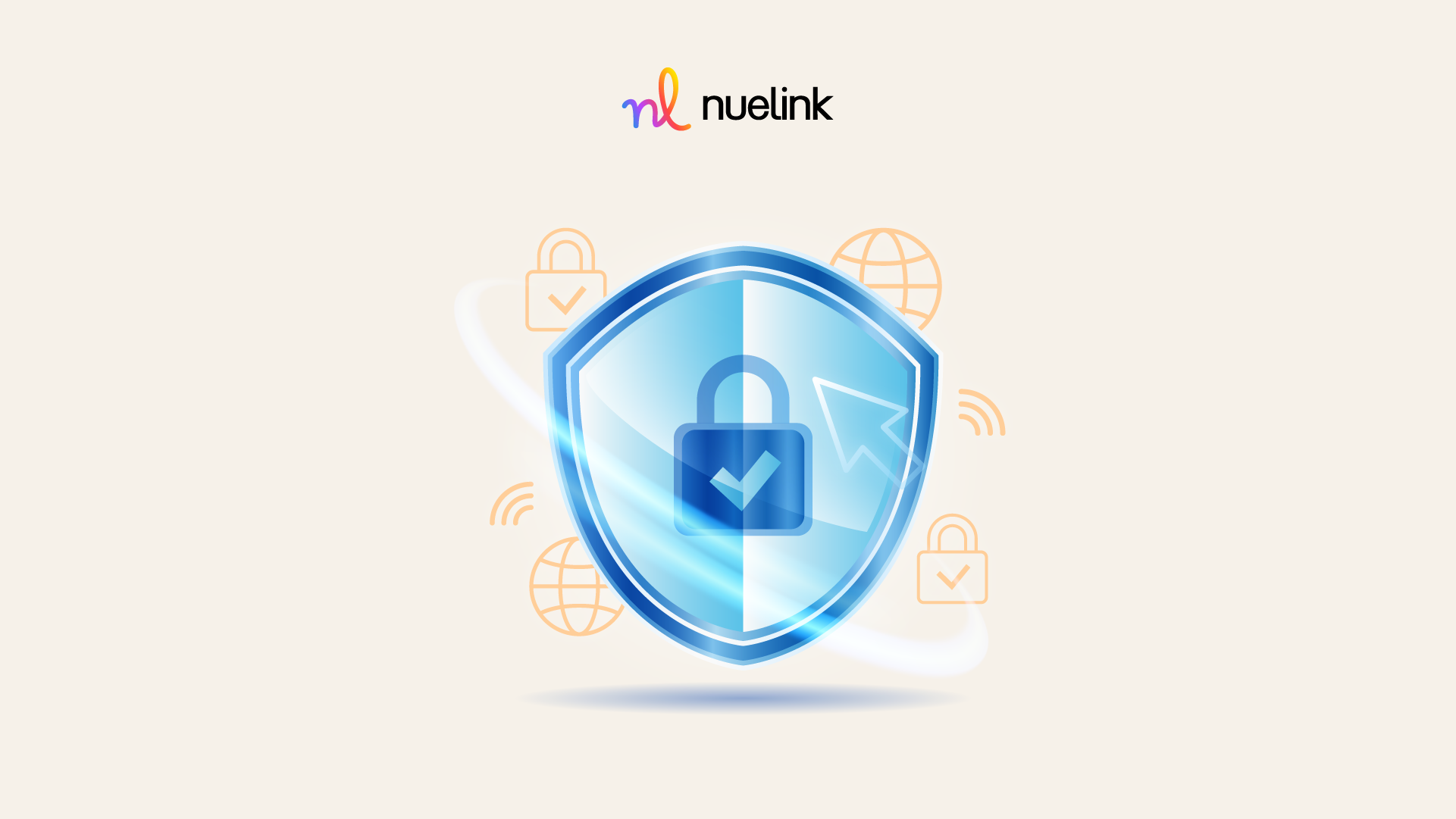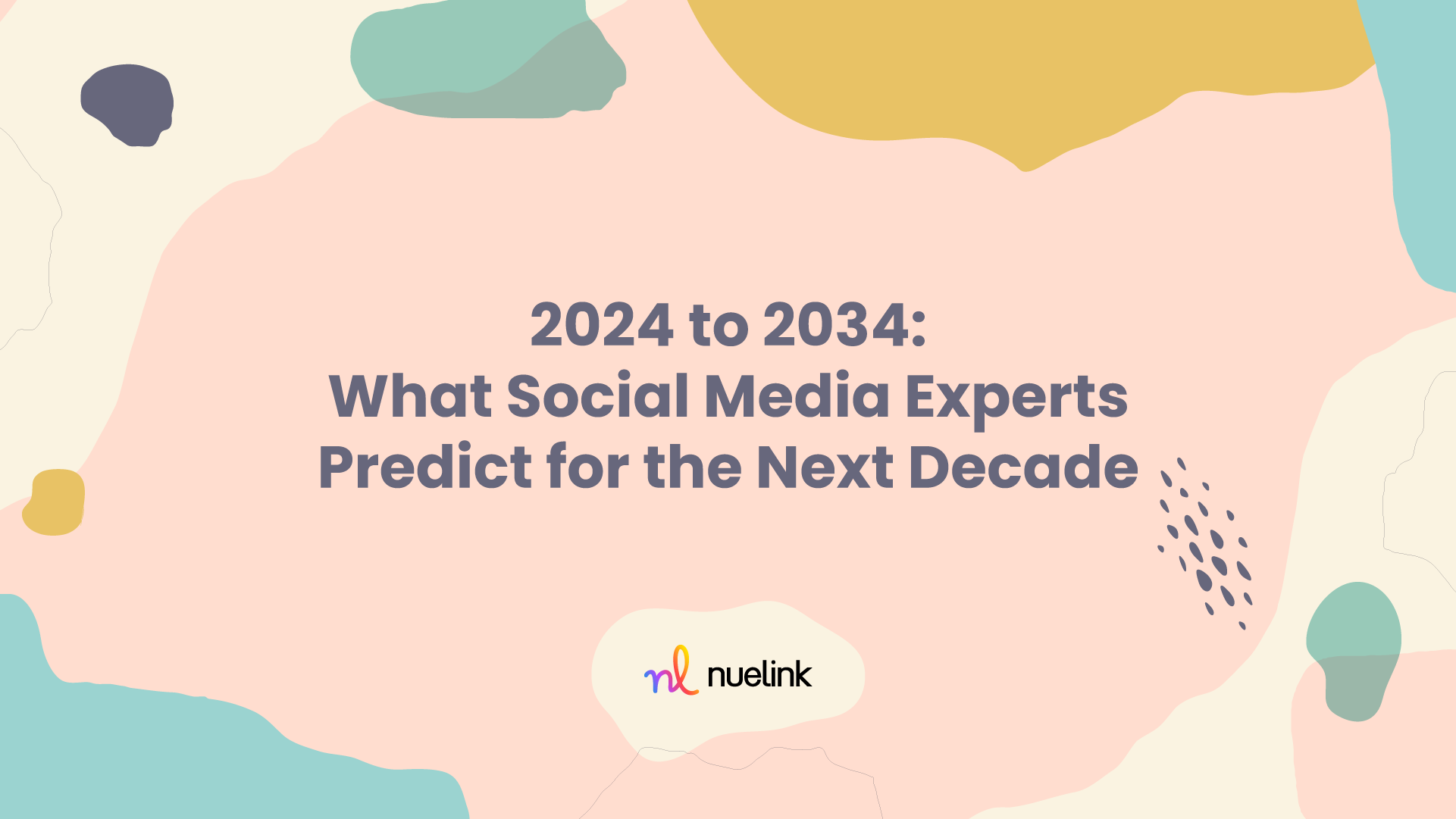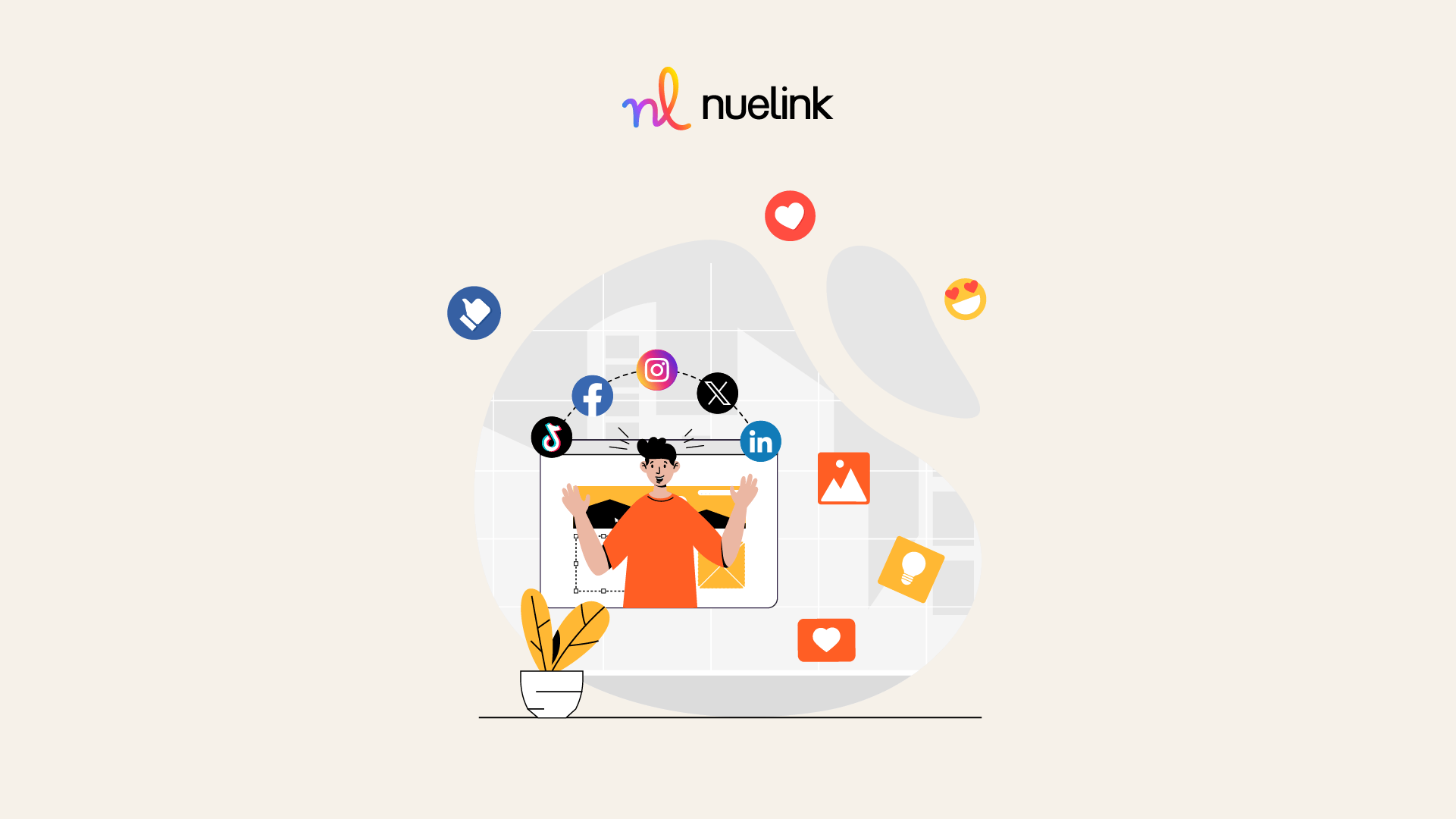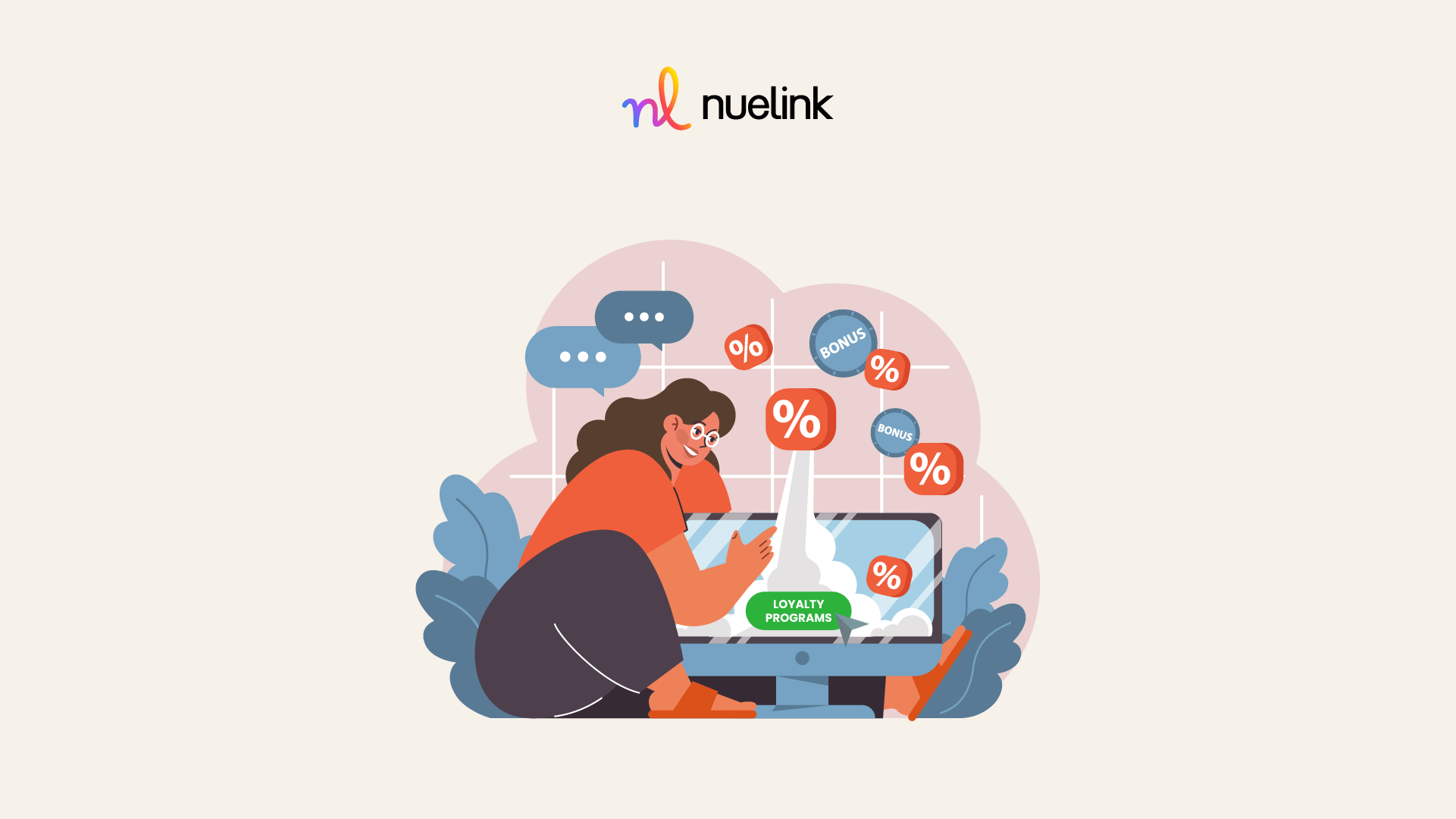Social media has come a long way since its humble beginnings, and it’s difficult to envision a world without it. It has evolved from a tool for sharing photos and interacting with old-school classmates into an essential business strategy. It’s become a virtual marketplace and workstation for businesses.
Thanks to advancements in digital technology, over 5.45 billion people globally are on one or more social networking platforms. However, this evolution has also created security vulnerabilities and modern protections.
Security Oversights of Early Social Media Platforms
In the early 2000s, MySpace and Friendster were trendy Social media platforms for basic online networking.
People were excited to be on social media. They registered email addresses, created profiles, and began posting photos. Users considered it a safe space to share their concerns and personal information.
However, there were huge security risks and oversight that nobody fully understood at the time. Protecting users' personal information was one of them.
In fact, social media security and cybersecurity were practically an afterthought. There were no security features like the two-factor authentication or end-to-end encryption that are standard practice today.
Back then, user profiles were often public by default, and security awareness was low. Users usually chose weak, easily guessable passwords like “123456.” Cybercriminals had a filled day conducting phishing scams.
Hackers could easily guess users’ weak passwords. Gaining unauthorized access to users' accounts from various apps and games was very easy. Data breaches, identity theft, unauthorized data sharing, and cross-site scripting (XSS) were the order of the day.
Attackers could also easily include malicious scripts in web pages. MySpace’s infamous Samy worm is an excellent example of this security oversight.
Cyber Attacks: The Turning Point of Modern Protections
Knowingly or unknowingly, users share personal data, financial information, and corporate secrets freely on social platforms.
Then, they began experiencing social engineering attacks that exploited human psychology. People were vulnerable, and technical weaknesses were no longer cybercriminals' prey. Hackers pretended to be trusted entities to steal login credentials, and phishing scams became the order of the day.
Users began receiving emails or messages with links requesting them to log in or reset their passwords. Users often mistook these messages from their social media platforms, so they would click the link and unknowingly give these cybercriminals access to their accounts.
Much like MySpace’s Samy worm, which was said to be the fastest-spreading computer virus of all time, several other social media began experiencing cyber attacks. In 2013, hackers hijacked several Yahoo users’ email accounts and took over a WordPress blog with a single comment. Hackers also forced annoying popups on Tweetdeck.
Above all these attacks, the Cambridge Analytica scandal in 2018 was a pivotal moment in the history of social media security. Users began to realize that their data was valuable to hackers and social platforms, which used it for targeted advertising.
The backlash was overwhelming, and social media companies had no choice but to reevaluate their data privacy practices. Platforms implemented more transparent privacy policies. They also strengthened the regulations for third-party apps that access user data.
Hashing passwords, encrypting HTTPS, and implementing account recovery procedures became standard processes. Conversations around data protection and security breaches on social media platforms gained momentum. Regulatory bodies also started paying attention to the increasing social media security concerns.
Governments began deploying more stringent regulations and guidelines. Even the European Union’s General Data Protection Regulation (GDPR) set new standards to protect user information.
The Future of Social Media Security
It’s been years since talks of social media security and data protections began. Today's social media incorporates a multi-layered system to protect users from security threats.
With the new trends, emerging technologies are set to shape social media security's future. Right now, we’re seeing a big surge in AI. Most platforms already use AI to spot and automatically block suspicious links before they can cause any trouble.
They use artificial intelligence (AI) and machine learning to monitor for unusual activities, such as suspicious account behavior or irregular login attempts. Additionally, advanced technologies like quantum computing and blockchain are employed for enhanced security. VPNs such as NordVPN or Surfshark also play a crucial role in safeguarding privacy and data, especially when accessing social media over unsecured networks like public Wi-Fi.
Here are a few modern promotions and security measures platforms use to safeguard user data:
End-to-End Encryption and Secure Communication
Some social media platforms rely on end-to-end encryption to secure users’ data. This means that only the sender and recipient can read the messages—no one else. Not even the platform, hackers, or governments can access them. It’s like having a private conversation in a locked room.
Behavioral Analysis
Today’s platforms are savvy in using machine learning and artificial intelligence (AI). They’re constantly looking for anything unusual, like a login from a strange location or an unfamiliar device. If something seems off, the platform might lock the account temporarily or ask for extra verification just to be safe.
Regular Security Audits and Updates
Social media companies don’t just set and forget their security measures. They regularly conduct security audits to spot and fix any weaknesses. They’ll often even bring in ethical hackers to test their defenses, ensuring everything is as secure as possible.
Privacy Settings and Controls
These days, social media platforms give users complete control over privacy settings. You can decide who sees your profile or posts and which apps get access to your data. They let you manage your online presence the way you want.
Proactive Security Measures
Modern social media platforms aren’t just reactive; they are becoming proactive in addressing potential security threats. They’ve adopted bug bounty programs, offering financial rewards to ethical hackers who identify and report security loopholes. They stay ahead of potential threats.
Conclusion
Social media security has come a long way, but much work still needs to be done. Cybercriminals are evolving their tactics to circumvent current security measures. Conducting regular security audits and updates is not enough. Platforms must continually implement protective measures to avoid future security threats.







